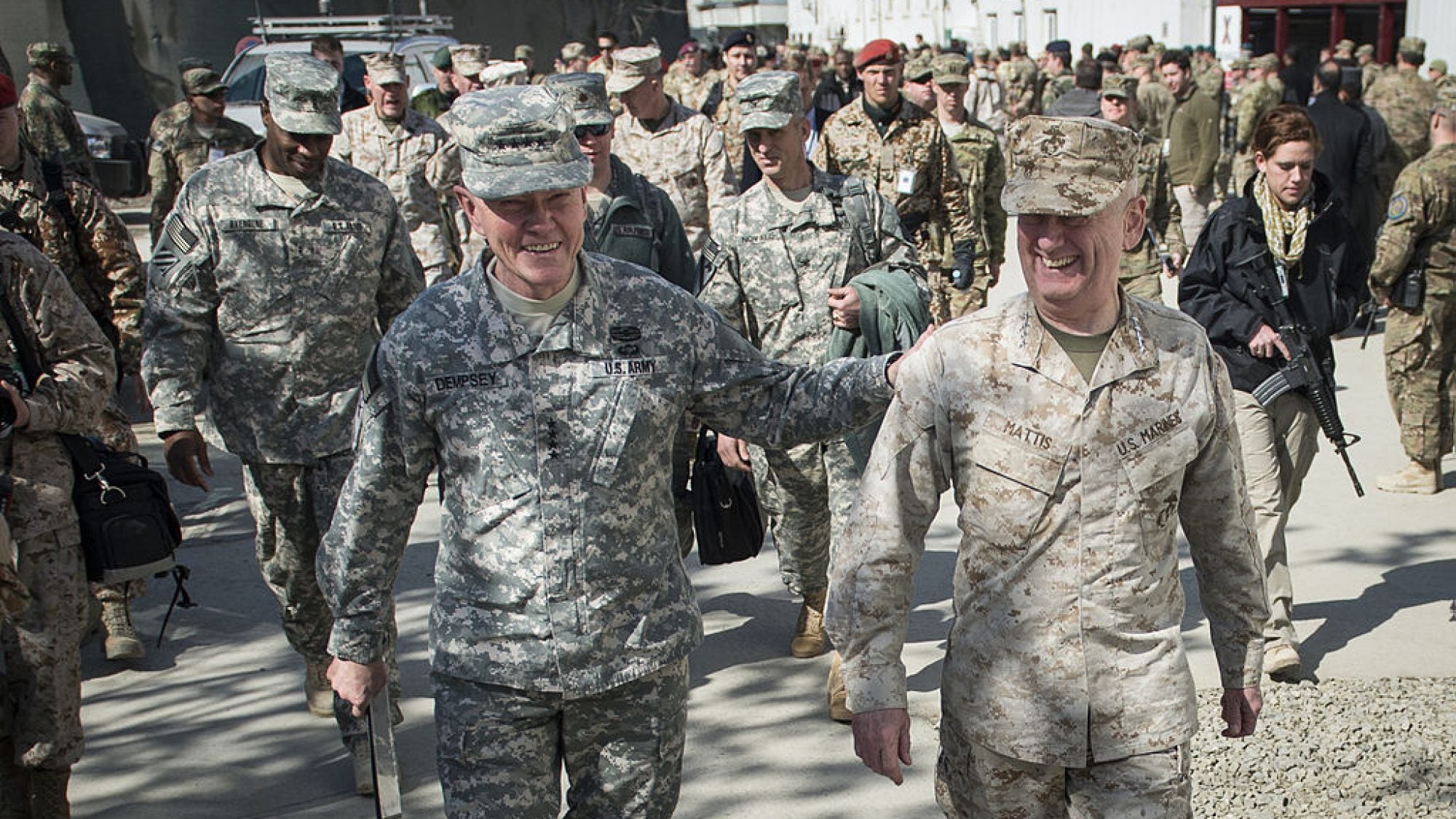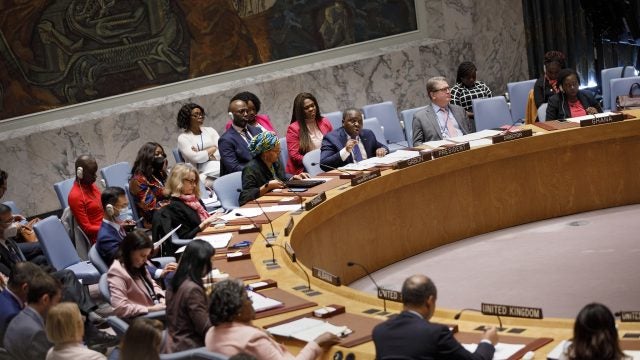
Title: Firing a General For the Sake of a Feasible Strategy
On January 25th, Marine General James Mattis, the commander of CENTCOM (Central Command), was fired by President Obama. Mattis’s dismissal warrants attention not only because media pundits and Marines alike construe his relief as evidence of strained civil-military relations, but also because it signals a continued commitment to pragmatism in the Obama administration’s strategic priorities.
The rift between the Obama administration and Mattis during his stormy tenure as head of CENTCOM has been evident, despite Mackubin Thomas Owens’s contention that “no general in recent times has represented the military side in the civil-military dialogue better than General James Mattis.” The general frequently “pushed the civilians…hard on considering the second- and third-order consequences of military action against Iran.” Others also aver that Mattis’s “hawkish” stance against Iran conflicted with the moderate views of the Obama administration to the point where “on occasion [the general’s] displeasure…spilled into the public record.” To Ricks and Owens, the dismissal of Mattis is worrisome because they believe that the Obama administration has, in effect, shut down “robust, candid discussions” on matters pertaining to strategy by firing the best wartime Marine general. For this reason, Ricks fears that Mattis’ relief will send the unequivocal message to the Marine officers that their dissent will not be tolerated by civilian overseers.
While healthy civil-military discourse is necessary in framing strategy within its proper geopolitical context, both Ricks and Owens may have missed two crucial factors. First, as Owens himself once argued, “military has an obligation to forcefully present its best advice but does not have the right to insist that its advice be followed.” In this light, one could argue that Obama has finally succeeded in taming the officer corps by making an example out of Mattis. Mattis, however, did not publicly challenge the President or his advisers as Stanley McChrystal had done in 2010. Second, by solely focusing on the tension between the military and the civilians, both Ricks and Owens fail take into consideration President Obama’s pragmatic commitment to the “pivot strategy” in Asia.
In his latest article, Nathan Toronto outlines three factors which may explain the recent shift in the Obama administration’s strategic priorities. They also help to shed light on the sources of the rift between Mattis and Obama’s advisers. First of these is how the United States meets its energy demands. This leads to his second point that in the aftermath of the Arab Spring of 2011, the Obama administration finally understood that it cannot “convince” Islamic fundamentalists “to like America.” Third, these two factors, combined with what he calls “capture-kill technologies,” America’s diplomatic savvy and Special Operations Forces have enabled the United States to “impose its will on its adversaries in a way that is much less obvious.” The above factors are helpful in understanding the tension between Mattis and the Obama administration which surfaced last May when the President rebuffed Mattis’s request for a carrier battle group to the Strait of Hormuz to monitor Iran. As Foreign Policy noted in July last year, caving in to Mattis’s demands for carrier battle groups would have meant that “the Pentagon [might] have to come up with alternate ways of sustaining Mattis’ requirements while meeting growing demands for ships and aircraft in Asia.”
Thus, the firing of Mattis may signal a more flexible approach to America’s geopolitical strategy. While it is true that Iran continues to challenge America’s primacy in the Persian Gulf, its quest for power won’t matter as much in the long run, if the United States can meet its strategic goals in the Middle East by “lead[ing] from behind.” Viewed in this light, the relief of Mattis reflects the Obama administration’s desires to rearrange its strategic priorities by balancing its goals with the existing means. Even Mattis has dutifully hewed to the Obama administration’s shifting strategic priorities when he devised the so-called the “proxy strategy,” whereby Iran’s Sunni neighbors would vie for influence in the Persian Gulf region to deter, if not contain, Iran’s rise as a regional power as the United States prepares to scale down its commitment in the Middle East.
The dismissal of General Mattis is no cause for worry. In his article, “21st Century Eisenhower,” Matthew Schmidt quotes Eisenhower who told the Senate that he had to consider “the very delicate balance between national debt, taxes and expenditures” when he set aside 40% of the defense budget for the Air Force. The implication of the Eisenhower story is clear: Ultimately, civilians must call the shots on matters pertaining to strategy because they alone understand the bigger picture. By relieving a talented but refractory general, President Obama has shown that he remains committed to a feasible geopolitical strategy that will yield favorable outcomes for America’s interests abroad.
Image Credit: DoD photo by D. Myles Cullen, Wikimedia Commons
This is an archived article. While every effort is made to conserve hyperlinks and information, GJIA’s archived content sources online content between 2011 – 2019 which may no longer be accessible or correct.
More News

This article explores the uncertain future of Arctic governance amid shifting global geopolitics. It argues that whether Washington and Moscow opt for confrontation or cooperation, multilateralism in the Arctic…

Twenty-five years ago, the United Nations Security Council adopted Resolution 1325, establishing a framework that underpins the Women, Peace, and Security (WPS) Agenda. The Resolution recognized both the…

When we analyze conflicts in the Middle East, we are not analyzing conflicts with isolated impacts but risks for global energy security. Recent conflicts in the Middle East have highlighted…